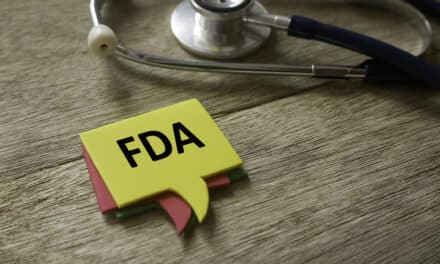Buccal fat removal, it seems, is all the rage these days. It’s something Michael Tantillo, MD, MBA, a board-certified plastic surgeon and founder of Clareo Centers in Boston, has seen firsthand. He tells Plastic Surgery Practice that he’s “seen a noticeable uptick in requests for buccal fat pad surgery” in recent months—due, in large part, to increased media focus on the procedure. Here’s what else he has to say about buccal fat removal.
Plastic Surgery Practice: To start, who are good candidates for buccal fat removal?
Michael Tantillo, MD, MBA: Patients who feel their cheeks are too chubby and/or want a more angular face may be a good candidate for buccal fat pad surgery.
PSP: On the flip side, who is not a good candidate for it? What are the complications associated with buccal fat removal?
Tantillo: When performed by a properly trained and competent surgeon, buccal fat pad surgery is extremely safe. The surgery is near the parotid duct, the conduit for saliva from the parotid gland to the inside of the mouth. Consequently, the parotid duct may be injured. Nerve injury, which can cause weakness of some of the facial muscles, is also extremely rare when the procedure is performed by a properly trained and competent surgeon.
PSP: How do buccal fat removal treatments hold up over time?
Tantillo: The fat cells do not grow back so the cheeks will always be thinner after surgery. However, there is still other cheek fat present, so weight gain will add weight to the cheeks.
PSP: Post treatment, are most patients satisfied with their results?
Tantillo: Yes. Patients know when they want slimmer cheeks, and buccal fat pad surgery fits the bill.
PSP: In addition to buccal fat removal, what other facial plastic surgery procedures are your patients requesting?
Tantillo: Our patients request the full gamut of plastic surgery procedures—eyelid surgery, face and neck surgery, breast and body-contouring surgery, fat transfer surgery, and more.





